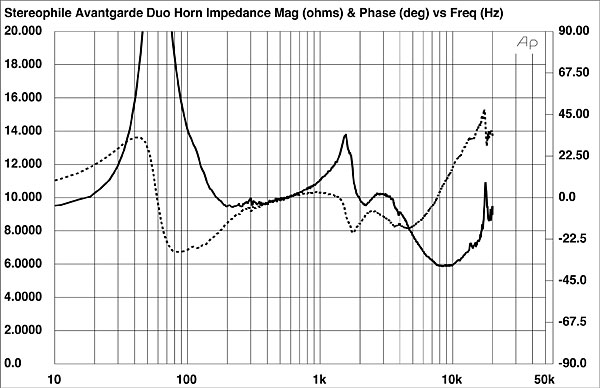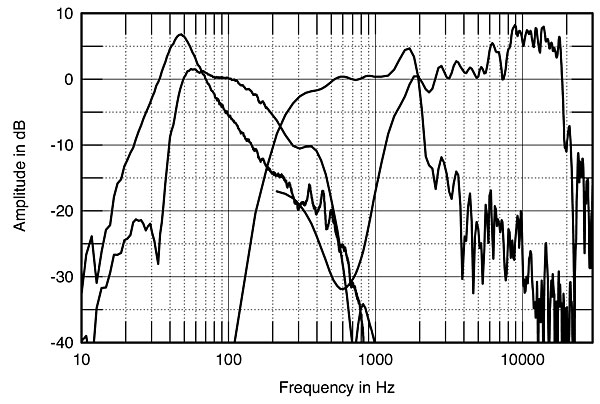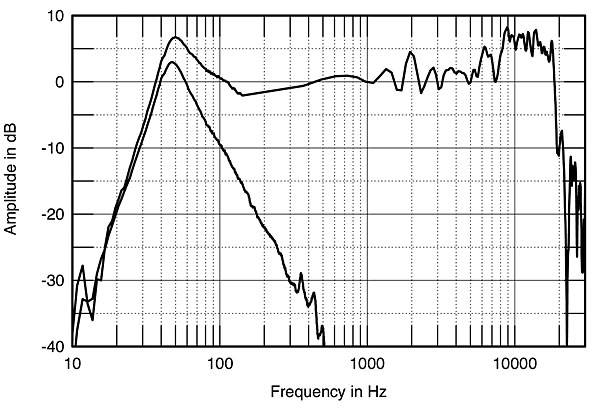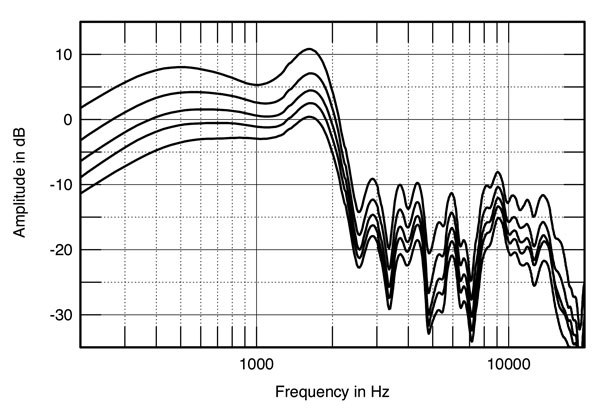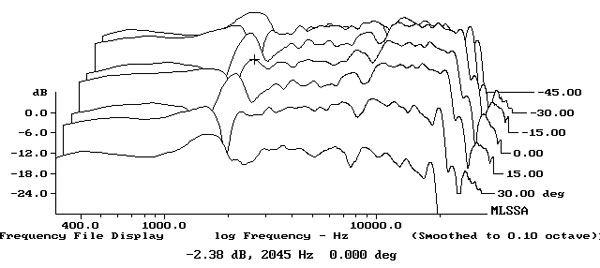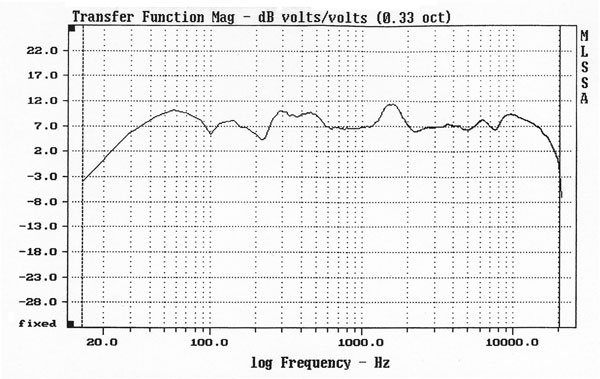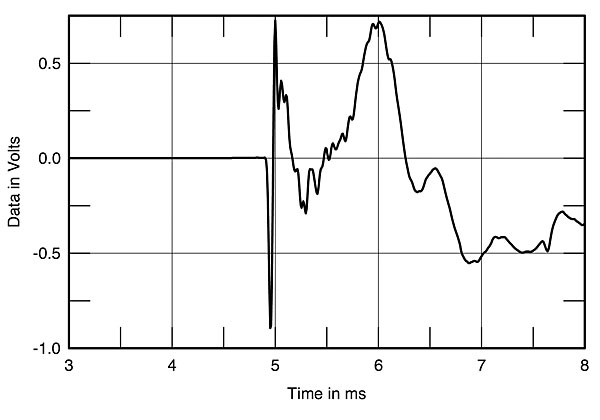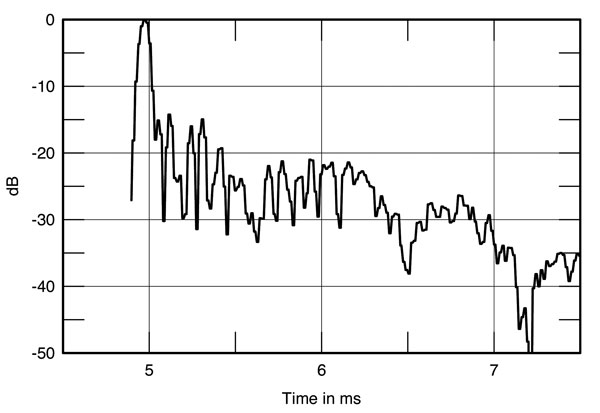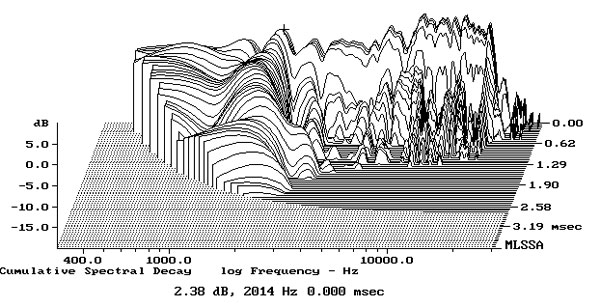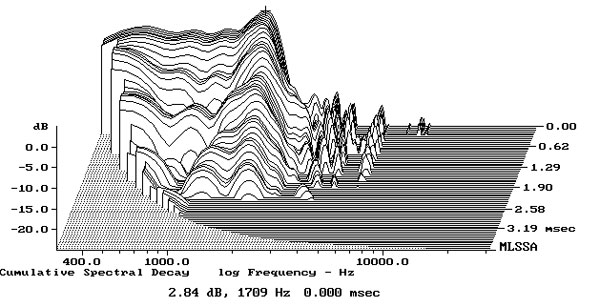| Columns Retired Columns & Blogs |
driven by an all-tube BAT electronics chain, including phonostage. The bass was a mess, perhaps because the person who set the system up didn't take a lot of time to dial the bass system in. On the other hand, the rendering of Ella Fitzgerald's voice was simply extraordinary in its realism and palpability. So much so, that I forgot to even listen for audiophile things like imaging, soundstage depth and so on.
Even in today's dollars, these are out of my reach financially; and, obviously they visually dominate any normal-sized room. But, if I did have the room and the $$$, these sure would be tempting, especially if a good digital LF room correction system were applied to the box woofer.
FWIW, I have heard Klipschorns in multiple settings, driven by a variety of electronics; and they never tempted me in the least.
